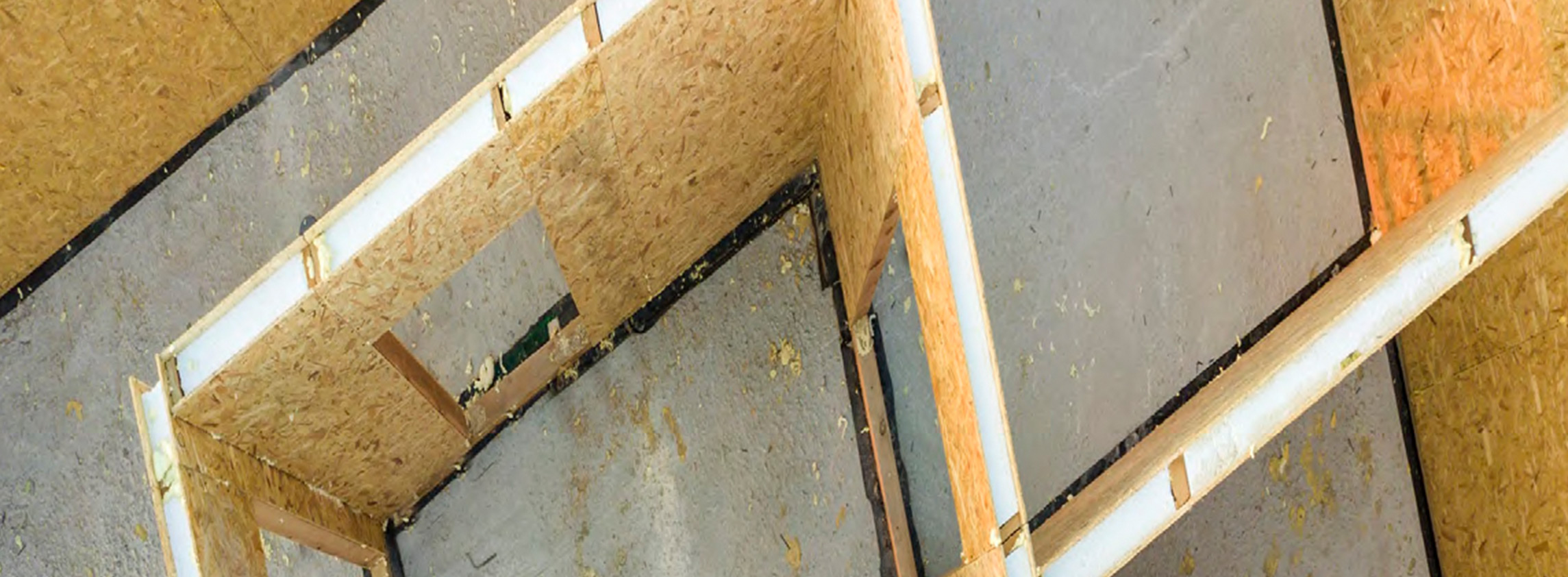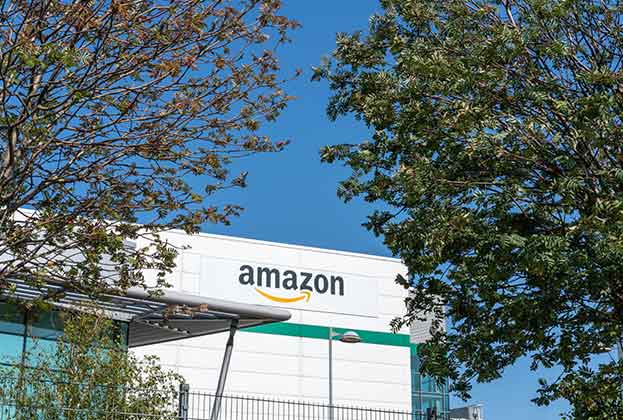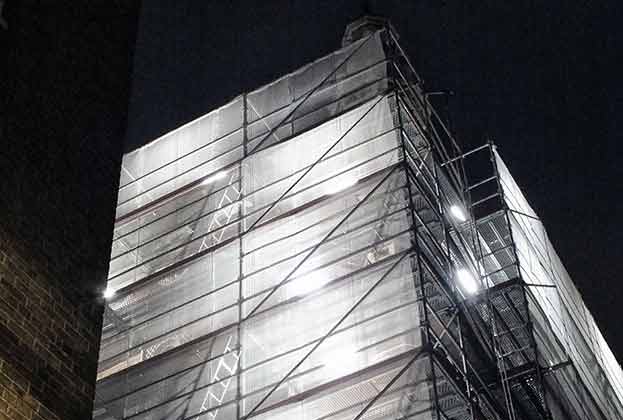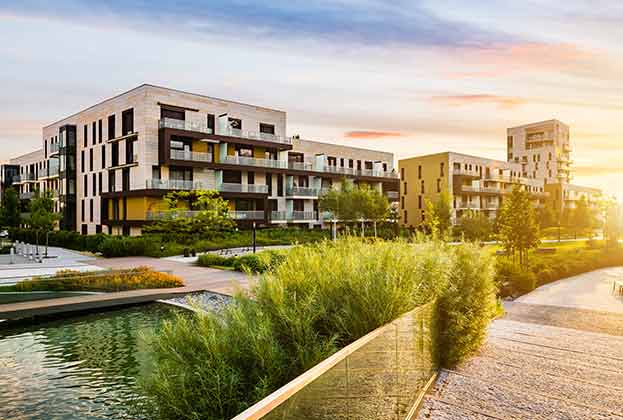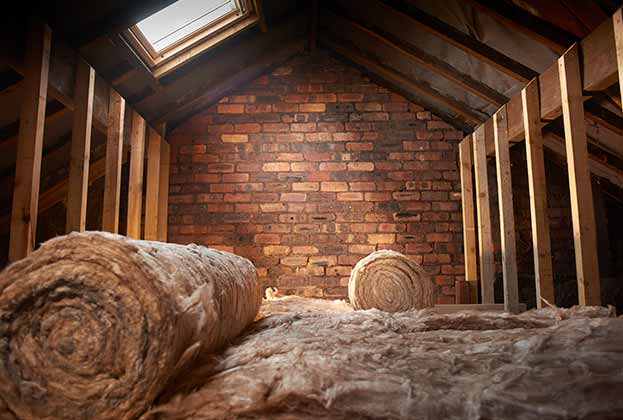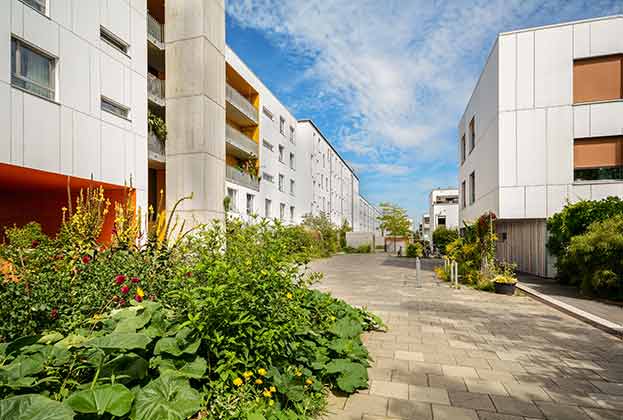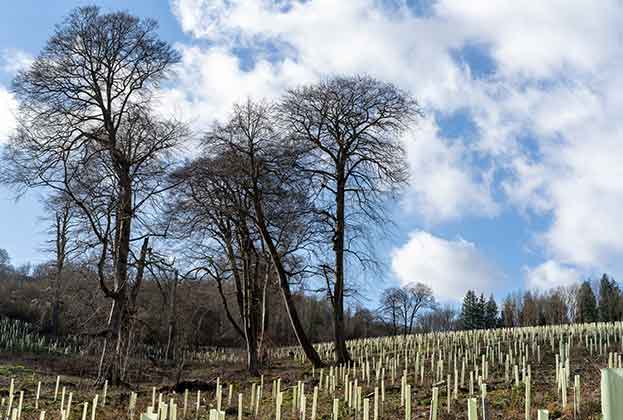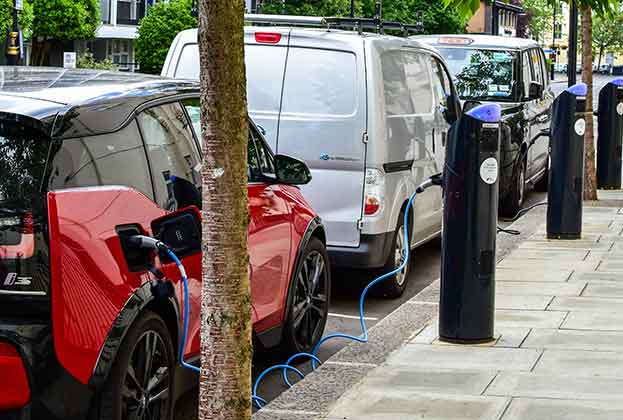How much carbon is emitted during construction and how carbon-efficient the building is when completed are the determining factors for all new developments
When constructing new buildings two factors need to be considered where carbon is concerned: how carbon-efficient the building will be when it’s completed and also how much carbon is emitted during the construction phase.
Building regulations
New properties are more energy-efficient than older stock, as building regulations have become stricter over time. This will continue and there’s now also a focus on removing fossil fuels as a source of energy for new buildings. In the residential sector, the ban on gas boilers from 2025 in favour of heat pumps has made headlines recently. This will help reduce emissions from new homes, provided grid capacity is created to enable the heat pumps to run from renewable energy sources. Onsite generation demands and grid capacity for heat pumps and EV infrastructure may impact on-site viability.
Construction
The use of Modern Methods of Construction (MMC) offers a way to help reduce the impact of construction, both for the embodied carbon through construction and through the operational life of the building. A key issue in traditional construction is waste, as around 20% of raw materials procured for a new-build development are wasted. Offsite construction produces far less waste, with less than 1% of the total materials unused. This is because, within the controlled environment of a factory, production can be optimised to minimise waste. On top of this, modular construction means fewer deliveries to sites, cutting the carbon emitted from transport. A WRAP study identified 83% less site traffic for offsite construction compared to site-build developments. Finally, the buildings themselves are more efficient when completed. Keepmoat Homes estimates that homes built with MMC take 20–30% less energy to heat.
MMC offers a great deal of potential for environmental benefits and is gaining traction in the UK, particularly in the education and the health sectors where there’s a need to build quickly. The current construction costs are roughly 10% more than traditional construction. However, the increase in cost to build a net zero carbon property using MMC is much lower than for traditional construction. Furthermore, as more orders come through the factories, economies of scale will further reduce the cost of MMC. Housing Associations may well lead the charge here, with many of them expecting to use more and more MMC in the next few years.
MMC offers a great deal of potential for environmental benefits and is gaining traction in the UK)
Emily Williams, Associate Director, Residential Research
Building materials are another consideration. Timber acts as a long-term store of atmospheric carbon, compared to manufactured materials such as concrete or steel, which are heavy emitters of carbon. However, regulations in the UK only allow timber to be used on low-rise buildings due to fire risk concerns, despite some successful international examples. Currently, there’s no sustainable building material that’s appropriate for high-rise buildings in the UK, although there are trials to make 'green steel'. There are a number of alternatives for carbon-intensive concrete emerging, from hempcrete to the Vertua ultra zero cement by CEMEX. Nothing yet rivals concrete on costs, but that situation could change as demand rises and scale is achieved
Construction is the best time to also consider installing solar panels as they can be integrated into the roof. This has a number of benefits, including reducing carbon emissions, spending less on energy bills and putting unused roof space to good use. Technology in this sector is evolving and solar panel prices have dropped significantly over the past couple of decades.
Repurposing
Demolition and rebuilding is a carbon-intensive business. Transport and disposal of the old materials produces emissions, and wastes the embodied carbon that went into the materials in the first place. Repurposing and sustainably refurbishing old assets provides a solution to this and is something that is increasingly happening.
Using as much of the old building as possible, while using cleaner materials and techniques to rebuild can have a big impact. Trilogy’s Republic Campus in London took an old shell and brought it up to modern office standards. The techniques used, only altering where necessary, bringing in significant public realm and using sustainable materials where needed, meant that the development actually sequestered 1,000 tonnes of carbon. An equivalent new-build development would have emitted 100,000 tonnes of carbon.
Clever use of existing assets complemented by modern, cleaner materials and methods has huge potential to reduce carbon.
Read the other articles within Spotlight: Property and Carbon – April 2021 below
